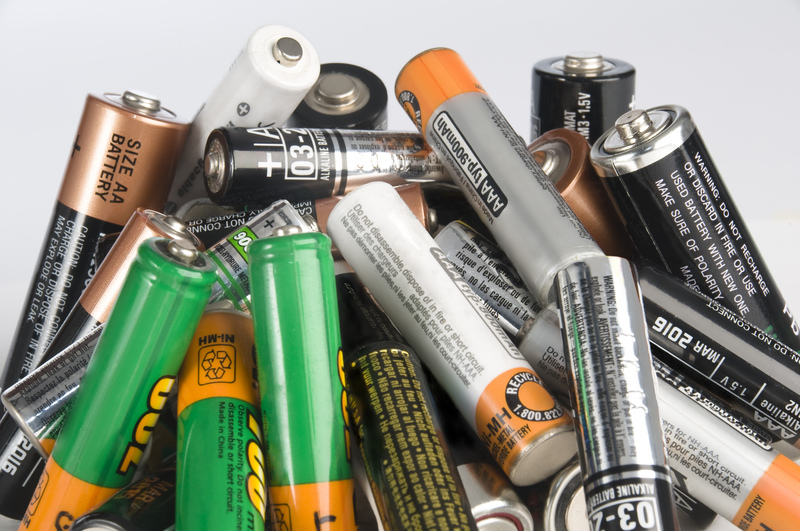Space exploration has proven to be a monumental feat for humanity, pushing boundaries and expanding our knowledge of the universe. However, with every successful launch comes the risk of dangerous debris orbiting Earth and posing a threat to future space missions. The accumulation of space junk not only endangers astronauts and spacecraft, but also has detrimental effects on our planet. In recent years, there has been a growing concern about the need to remove debris from space in order to protect our environment and ensure the safety of future space endeavors. In this article, we will delve into the dangers posed by space debris and discuss the efforts being made to remove it.
The Growing Problem of Space Debris
Space debris, also known as orbital debris or space junk, refers to any man-made objects floating in outer space that no longer have a useful purpose. This can include old satellites, rocket fragments, and other materials leftover from previous space missions. According to NASA's Orbital Debris Program Office, there are currently over 20,000 pieces of debris larger than a softball orbiting the Earth at speeds up to 17,500 miles per hour.
The danger of these objects lies in their potential collisions with active spacecrafts and satellites. With each collision, more fragments are created, leading to a chain reaction known as the "Kessler syndrome". This scenario could potentially render low Earth orbit unusable for decades, hindering our ability to explore and utilize space.

The Impact on Earth
The accumulation of space debris not only poses a risk to future space missions, but also has consequences here on Earth. As objects re-enter the atmosphere from orbit, they can create stunning light shows known as "fireballs". However, these events can also pose a threat to aircrafts and people on the ground. Additionally, some objects may contain hazardous materials that could contaminate our environment upon re-entry.
Another concern is the possibility of space debris damaging critical infrastructure such as communication and weather satellites. In fact, in 2009, a defunct Russian satellite collided with an active US satellite, creating thousands of new pieces of debris and highlighting the need for action to be taken.
Efforts to Remove Debris
Fortunately, the threat of space debris has not gone unnoticed. Governments and organizations around the world have recognized the importance of removing this hazardous material from space. Some proposed solutions include using lasers or nets to capture debris, or even sending out specialized spacecrafts to collect and remove it.
One notable effort is the European Space Agency's (ESA) Clean Space initiative, which aims to develop technologies and strategies for removing debris from orbit. The ESA has also partnered with companies like Airbus to test and launch missions specifically designed for debris removal.
The Pros and Cons
There are both pros and cons to removing space debris. On one hand, it would greatly reduce the risk of collisions and increase safety for future space missions. It would also help preserve low Earth orbit for scientific research and exploration.
However, there are also concerns about the cost and feasibility of these efforts. Some critics argue that the amount of time and resources needed to remove all existing debris may not be worth it, especially when considering potential accidents or failures during clean-up missions.
Tips for Reducing Space Debris
While large-scale efforts are being made to remove debris from space, there are also measures that individuals can take to help prevent further accumulation. These include:
- Properly disposing of waste on Earth: By properly disposing of our garbage here on Earth, we can prevent unnecessary objects from entering into orbit.
- Designing spacecrafts with end-of-life disposal in mind: This involves planning for a controlled re-entry into Earth's atmosphere or moving spacecrafts into a graveyard orbit at the end of their use.
- Collaborating internationally: Space is a global issue and requires cooperation from all nations to effectively manage the problem.

Takeaways
Space debris is a growing concern that poses risks to both Earth and space missions. Efforts are being made to remove debris, but it is also important for individuals and organizations to take preventive measures. By working together, we can help create a safer and more sustainable space environment for future generations.
Conclusion
In conclusion, removing debris from space is crucial in protecting our planet and ensuring a safe environment for future space exploration. The threat of collisions and potential damage to infrastructure make this issue one that requires immediate attention. With the continued efforts of governments and organizations, as well as proactive measures taken by individuals, we can work towards a cleaner and safer space environment for the benefit of all.


